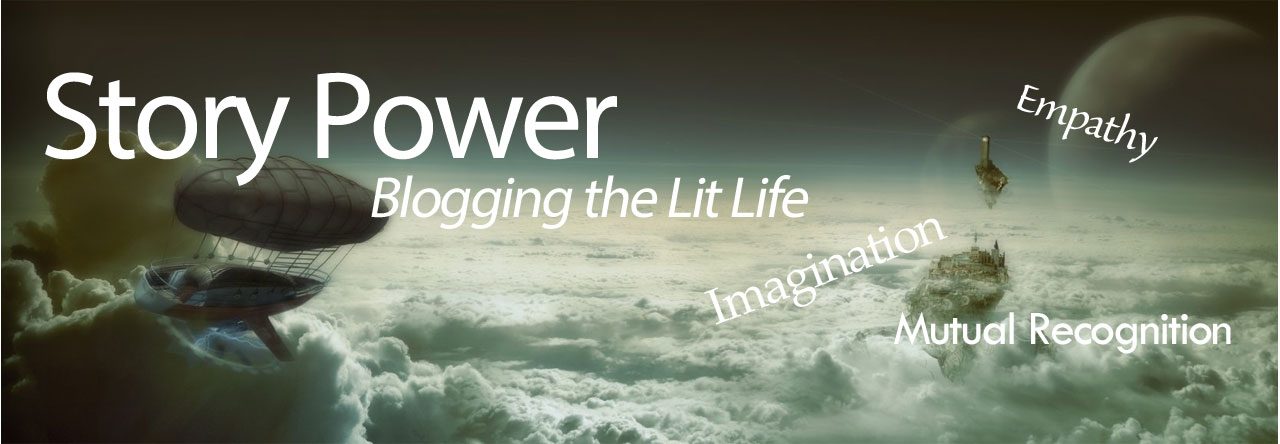A few chapters into Beloved, I realized that I associated the color red strongly with the novel. I couldn’t tell if it was because the cover is solid red or because of the large number of times red is mentioned in the book. But I knew that, for me, the novel just felt red.
Color in general is important to the book. This is especially clear in the character of Baby Suggs. Because white people (white being the absence of color) took everything from her, she craves color. In the time leading up to her death, she spends the days thinking about color. Both Stamp Paid and Sethe say they hope Baby Suggs never focused on the color red (page 213 for Stamp and 237 for Sethe).
I think that the color red represents the past and trauma. This became clear to me when Beloved opens Paul D’s “tobacco tin” heart (bringing back his memories), and he starts saying “red heart” over and over again (138). Later, when Stamp Paid is thinking about Baby Suggs and the history in 124, he finds a red hair ribbon (213). When these two characters think about the past and trauma, the color red comes into their lives.
